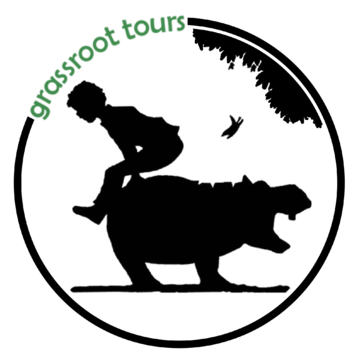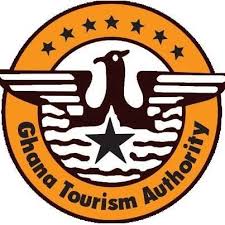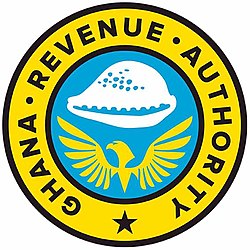Upper West Region Ghana
The land mass of the Upper West region eats up 3% of the total land mass of Ghana. The communities you will find in this region include the Lobi, Dagarba, Sisala, Vagla and Warla. The region is popular for its unique savannah grasslands that stretch far and wide with Baobab trees standing strong atop the grasslands.
Popular Tourist Sites in Upper West Region of Ghana
Wechiau Hippo Sanctuary
This place is a home to most of the country’s hippos. There’s nowhere else in the country where you’ll find these many hippos in one place. You can go on canoe rides on the river to see the hippos more closely. If you aren’t feeling so brave, you can just wander around the place and sight chameleons, monitor lizards, hedgehogs, snakes and many other animals. You can also sight birds in this area as there are up to 200 different bird species nesting in this area alone.
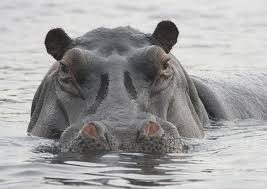
Gbelle Game Reserve
This reserve mainly serves as a home to many endangered animals. These animals are actually kept for reproduction to multiply their numbers and keep them alive for much longer. These animals include hippos, water bucks and some scarce species of birds.
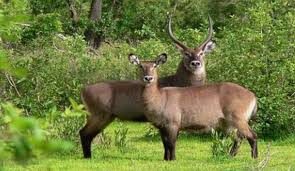
The Upper West Region is known for its unique savannah grasslands, Baobab trees, and rich cultural heritage. It features significant tourist attractions, including the Wechiau Hippo Sanctuary, Gbelle Game Reserve, and historical sites like the Gwollu Slave Camp.
Popular tourist attractions include:
Wechiau Hippo Sanctuary: Home to many of the country’s hippos, with opportunities for canoe rides to see them up close.
Gbelle Game Reserve: A sanctuary for endangered animals and various bird species.
Gwollu Slave Camp: A historical site with a museum detailing its role in the trans-Atlantic slave trade.
Wa Naa’s Palace: An example of traditional Sudanese architecture in Wa.
Visitors can take canoe rides on the river to observe hippos, or explore the sanctuary to see other wildlife such as chameleons, monitor lizards, hedgehogs, snakes, and over 200 bird species.
The best time to visit is during the dry season, from November to March, when the weather is more favorable for outdoor activities and exploring the region.
Traditional dishes include waakye, tuo zaafi (TZ), and pito (a local millet beer). These can be found at local restaurants and street stalls in towns like Wa.
Common modes of transport include tro-tros (shared mini-buses) for traveling between towns, and taxis for more convenient and private transportation within towns.
Some notable festivals include the Damba Festival, which celebrates the Islamic New Year and local traditions with colorful dances and ceremonies.
While English is the official language, local languages such as Dagaare, Sissali, and Waali are also widely spoken.
Accommodation ranges from guesthouses to mid-range hotels in towns like Wa. Recommended places include the Upland Hotel, Hotel Topaz, and various guesthouses.
Travelers should ensure their vaccinations are up to date and take precautions against malaria and other tropical diseases. It is advisable to carry necessary medications and a first-aid kit.
